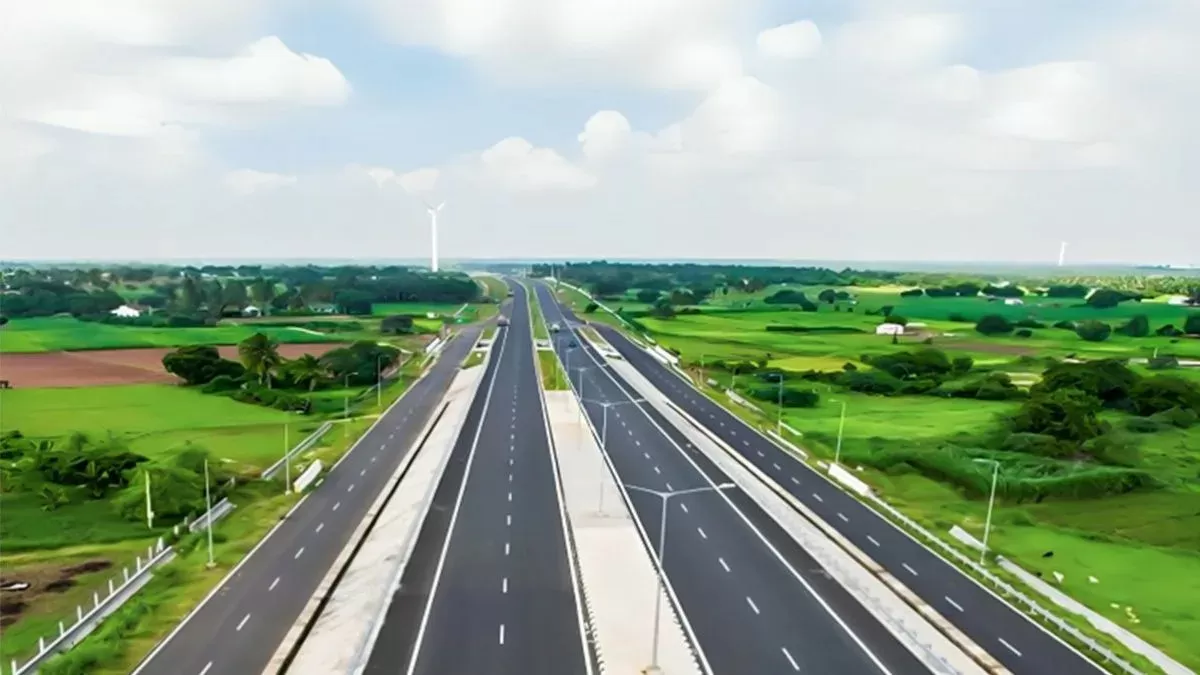The Cornerstones of Nation-Building
Read full article
CW Gold Benefits
- Weekly Industry Updates
- Industry Feature Stories
- Premium Newsletter Access
- Building Material Prices (weekly) + trends/analysis
- Best Stories from our sister publications - Indian Cement Review, Equipment India, Infrastructure Today
- Sector focused Research Reports
- Sector Wise Updates (infrastructure, cement, equipment & construction) + trend analysis
- Exclusive text & video interviews
- Digital Delivery
- Financial Data for publically listed companies + Analysis
- Preconceptual Projects in the pipeline PAN India

Apollo Tyres to Open Winter Testing Facility in Finland
Apollo Tyres Ltd has announced plans to establish a dedicated outdoor tyre testing facility in Ivalo, Finland, for winter and all-season tyre evaluation. Developed in collaboration with UTAC, a global leader in automotive testing and certification services, the facility is scheduled to be operational by December 2025.Situated within UTAC’s proving grounds, the site will feature specialised infrastructure and dedicated test tracks replicating real-world snow and ice conditions. The facility will support tyre development and validation across challenging winter and all-season scenarios, enabli..

NPG Clears Seven Infrastructure Projects Under GatiShakti
The Network Planning Group (NPG) has evaluated and cleared seven projects — one road/highway project of the Ministry of Road Transport & Highways (MoRTH), one Multi-Modal Logistics Park (MMLP), three railway projects, and two textile parks under the PM MITRA Scheme — for compliance with PM GatiShakti principles of integrated multimodal infrastructure, last-mile connectivity, and a whole-of-government approach. These initiatives aim to improve logistics efficiency, cut travel times, and deliver socio-economic benefits to their respective regions.Railway ProjectsThe Ministry of Railways ..

Telangana Plans Rs 1.75 Trillion Road Network Upgrade
The Telangana government has launched an ambitious programme to develop around 13,000 km of road network across the state. Of this, 7,947 km will be built through 17 packages under the Panchayat Raj Department, while the Roads and Buildings Department will develop another 5,190 km through an equal number of packages.Deputy Chief Minister Mallu Bhatti Vikramarka said tenders for the projects, already approved by the State Cabinet, would be called shortly to enable early commencement of work. Addressing a meeting on Hybrid Annuity Model (HAM) road projects on Tuesday, he urged contractors to be ..



















